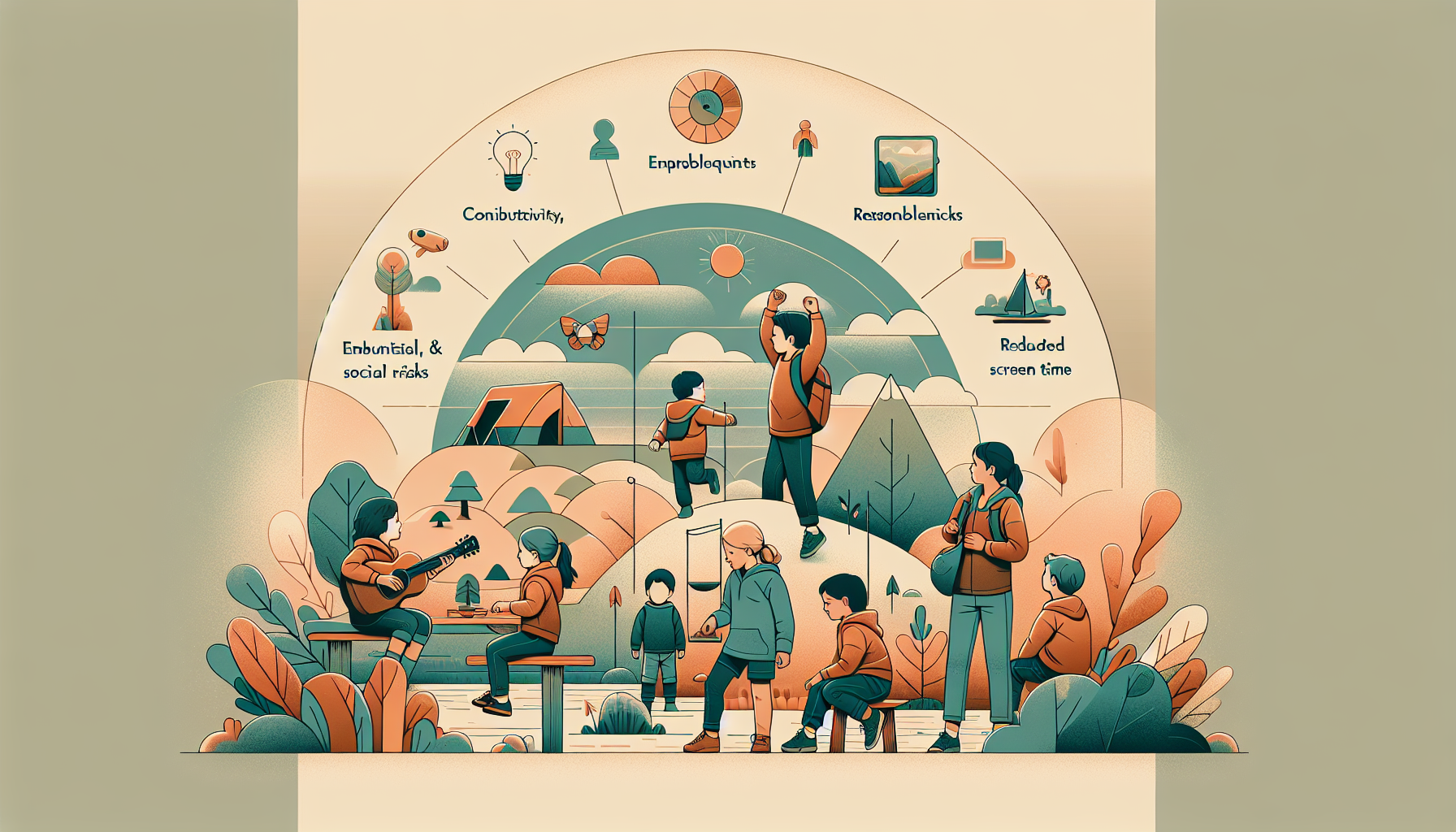“`html
Encouraging Curiosity and Exploration in Children
Foster your child’s natural curiosity and love for exploration with these practical, research-based strategies.
Introduction: Why Curiosity and Exploration Matter
Curiosity is a cornerstone of childhood development. It drives kids to ask questions, seek answers, and make sense of the world around them. Encouraging curiosity in kids is essential for their cognitive, emotional, and social growth. Similarly, exploration allows children to test boundaries, try new things, and develop problem-solving skills.
As parents, creating an environment that nurtures curiosity and learning through play can set the stage for lifelong learning and resilience. This article will explore how curiosity works, the psychological principles behind exploration, and actionable tips you can use to help your child thrive.
The Science Behind Curiosity and Exploration
Curiosity is a fundamental part of how children learn. Research shows that when children are curious, their brains release dopamine, a neurotransmitter associated with pleasure and motivation. This not only makes learning enjoyable but also improves memory retention and problem-solving skills.
The Role of Cognitive-Behavioral Therapy (CBT)
From a psychological perspective, curiosity aligns with key needs identified in cognitive-behavioral therapy (CBT), such as the need for autonomy, safety, and self-expression. When children feel safe and supported, they are more likely to explore their environment and engage with the unknown.
For example, a child who feels secure at home will feel more confident asking questions or experimenting with new activities. Conversely, overly controlling or critical parenting can stifle curiosity, leading to fear of failure or hesitation to try new things.
How Exploration Drives Learning
Exploration is a hands-on way for kids to apply their curiosity. Whether it’s building a tower with blocks, solving a puzzle, or observing insects in the backyard, exploration helps children develop critical thinking, creativity, and resilience. These experiences also teach them how to navigate challenges and adapt to different situations.
Practical Recommendations for Parents
1. Create a Safe and Stimulating Environment
- Designate a space in your home where your child can explore freely. This could be an area with art supplies, building blocks, or science kits.
- Keep harmful objects out of reach but provide a variety of age-appropriate toys and materials that encourage learning through play.
2. Encourage Questions
When your child asks questions, respond with enthusiasm. If you don’t know the answer, use it as an opportunity to learn together. For instance, if your child asks why the sky is blue, look up the answer in a book or online.
Open-ended questions can also spark deeper conversations. Try asking, “What do you think would happen if…?” or “Why do you think that works the way it does?”
3. Support Risk-Taking (Within Reason)
Exploration involves taking risks, whether it’s trying a new activity or making a mistake. Encourage your child to step out of their comfort zone by framing mistakes as learning opportunities. For example, if their science experiment doesn’t work, ask, “What could we try differently next time?”
4. Model Curious Behavior
Children often mimic their parents’ behavior. Show your child that you value curiosity by asking questions, trying new things, and expressing excitement about learning.
For instance, if you’re cooking dinner, invite your child to help and explain what you’re doing. Say, “I wonder what would happen if we added a little more salt to the recipe. Should we try it?”
5. Limit Screen Time
While technology can be a great learning tool, excessive screen time can hinder creativity and exploration. Set boundaries on screen use and encourage activities that promote hands-on learning, like building, drawing, or outdoor play.
6. Explore the Outdoors Together
Nature is one of the best environments for fostering curiosity and exploration. Take your child to a park, forest, or beach, and let them observe plants, animals, and natural phenomena. Encourage them to collect leaves, identify birds, or build sandcastles.
Conclusion: Unlocking Your Child’s Potential
Encouraging curiosity in kids and supporting their natural drive for exploration is one of the most valuable gifts you can give as a parent. By creating a safe, stimulating environment, fostering open communication, and modeling inquisitive behavior, you can help your child develop a love for learning that lasts a lifetime.
Remember, it’s not about having all the answers—it’s about being a partner in your child’s journey of discovery. By prioritizing parenting strategies that nurture curiosity and self-expression, you’re setting the foundation for a confident, creative, and resilient individual.
“`

